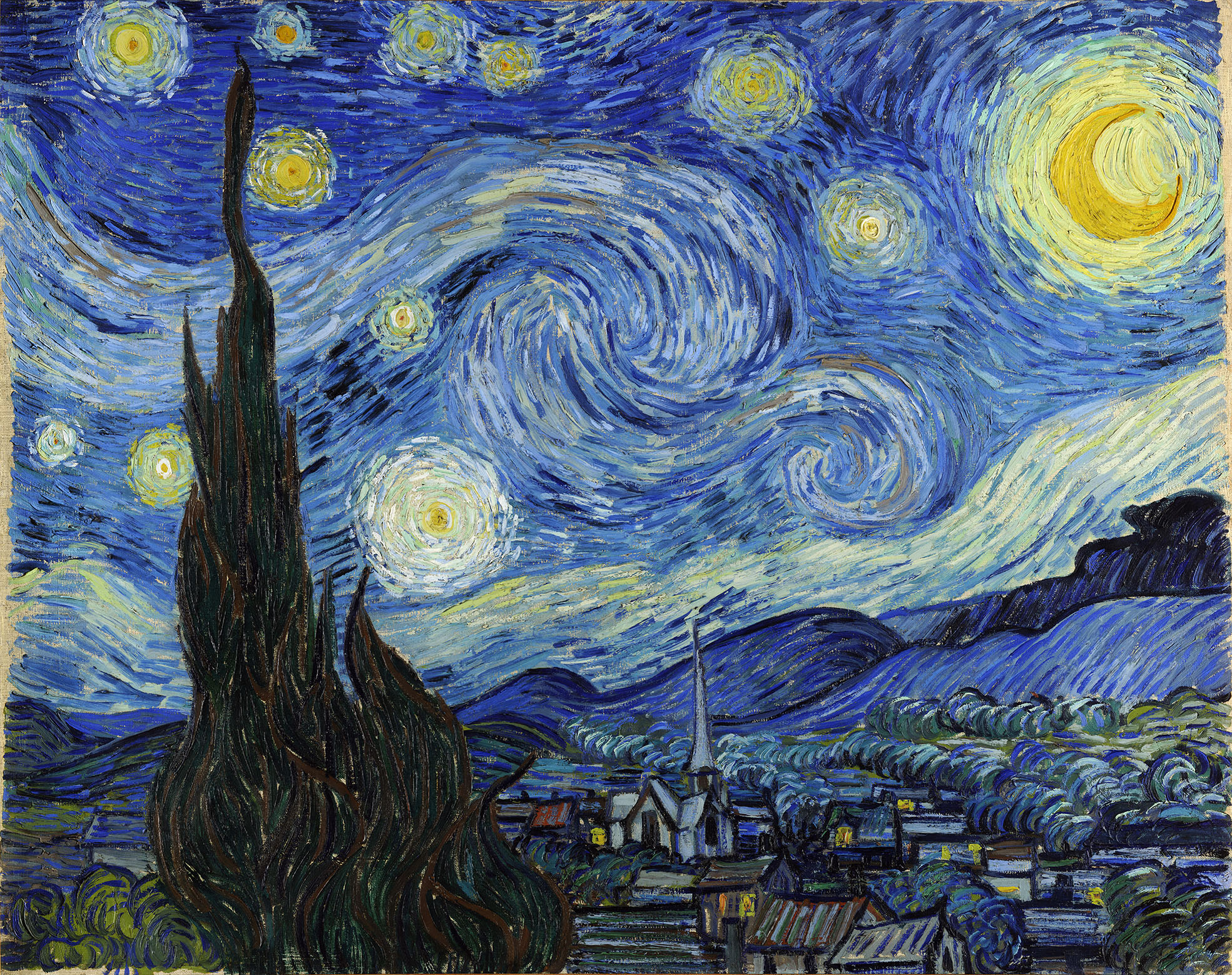One definition of art is that it’s an attempt to make sense out of chaos. Art therapy even more so.
Art therapy combines the disciplines of art and psychology to help people cope and make sense of some form of chaos in their lives. This unraveling in people’s lives can take many forms: the witnessing or experience of atrocities, an unbearable loss, a nervous breakdown, family and relationship issues, abuse and domestic violence, substance abuse, or simply the inability to deal with the many complications of daily life.
As psychiatrist Bessel Van der Kolk puts it in the introduction to his book, The Body Keeps The Score: “One does not need to be a combat soldier, or visit a refugee camp in Syria or the Congo to encounter trauma. Trauma happens to us, our friends, our families and our neighbors.”
Trauma is the result of situations that are so overwhelming that we can’t handle or process the resulting emotions.
If trauma is not dealt with, it can have devastating effects on a person’s life.
Art therapy can help. It can bring about healing through nonverbal communication and exploration of feelings.
Art therapy can take many forms – from painting a portrait, photographing a beautiful scenecreating a sculpture or playing a piece of music to dance and drama.
Art therapy helps reduce pain
Even if an individual not artistic, the creative process of drawing a picture or shaping a figure out of clay in the presence of a qualified art therapist has many benefits.
Art therapy helps lower your perception of pain by diverting your attention away from what’s causing the pain.
A retrospective study looked at 195 patients who had been hospitalised and experienced acute pain associated with their treatment.
The researchers found that participating in art therapy at their bedside for an average of 50 minutes affected their mood and perception of pain and anxiety.
The patients were in a better mood and they felt less pain and anxiety. Gary Klungreseth of the Noosa based Art Retailer Blue Horizon Prints, says of this, “it’s now become an irrefutable fact that the human brain subconsciously and enjoys looking at aesthetically pleasing images, scientists have found that appreciating creative works can boost the immune system and increase the likelihood of cancer”.
Buried emotions as a result of trauma can find expression
Because trauma like abuse or witnessing violence are processed while under extreme distress these events can’t be properly processed or remembered in a coherent way. In fact, people who have suffered severe trauma are often incapable of putting their experience into words.
Severe trauma can lead to post-traumatic syndrome (PTS), which is a serious mental health condition.
These people need to find a way to express their repressed and suppressed feelings about the trauma in order to heal.
They can do this through art therapy.
Recent scientific researchshows that art therapy can contribute effectively to recovery from trauma.
Paradoxically, while those suffering from severe trauma are often unable to talk about their experience, some of them are able to find relief and healing through the written word.
Unpack My Heart with Wordsexplores how reading and writing can be used to help young refugee and asylum seekers cope with their experiences.
Changing perspective
The creative process helps individuals to put their experiences into a different perspective.
Art also provides a means through which a person can share traumatic events or circumstances with others. In this process, the person is also looking at the art. There is a measure of distance from the actual event or circumstance, which helps to create a new perspective on it.
In explaining their work to others, the person has to order their thoughts and this process also helps to bring clarity to the traumatic event and its aftermath.
Stress reduction
According to the World Health Organization (WHO), stress is currently the world’s most pronounced health risk.

In fact, in modern society, just about everybody suffers from stress.
Stress leads to exhaustion, burnout, feelings of helplessness, fear, and constant irritation eventually resulting in a compromised immune system.
In addition, constant stress is a risk factor for various illnesses, including cardiovascular, muscular or skeletal diseases, depression, and anxiety disorders.
Art therapy relieves stress through distracting you from what’s stressing you. When you are focused on creating, the stressful situation recedes into the background as you lose yourself in the creative process, even if for only a limited time.
Scientific research also points in this direction. A systematic reviewof 11 scientific studies on the creative arts and the reduction of stress found that art interventions, such as drawing or working with clay significantly reduced stress and anxiety in eight out of the eleven studies.
Casting a wide net: healing divided communities
While art therapy can help individuals deal with a number of debilitating issues, the discipline can have a more dramatic effect: helping entire communities recover from trauma.
According to experts, the stresses that refugees faced in their home countries and refugee camps, combined with those they face in their adopted country, lead to unusual mental health issues for refugees. These people are prone to various mental health issues, including depression, anxiety, hyperactivity, and problematic relationships.
In one study, adolescent refugees from Burma who were severely traumatized received approximately 16 weekly art therapy sessions from trained clinicians.
The researchers reported that on conclusion of the therapy sessions, students who had severe difficulties in school decreased from 16.7% to 11.5%. Those with overall positive self-concept increased from 26.7% to 38.5%.
Conclusion
Art therapy produces many valuable results in those suffering from trauma, stress, anxiety and physical and mental pain. It is able to improve interpersonal, mental, and emotional functioning and restore a sense of well-being.


